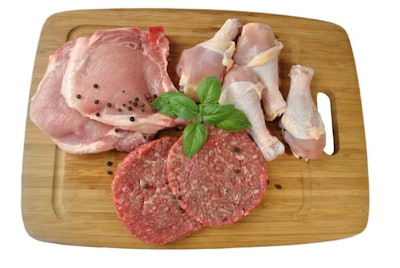
African swine fever affects many aspects of feed and protein production, expert tells attendees of the Feed Strategy Conference at IPPE
African swine fever (ASF) will affect the animal feed and protein industries in many ways throughout the next several years, according to Will Sawyer of CoBank.
Sawyer, lead economist-protein for CoBank’s Knowledge Exchange Division, spoke January 29 at the Feed Strategy Conference, which was presented by WATT Global Media at the International Production & Processing Expo (IPPE) in Atlanta.
He said ASF will affect trade, production, consumer trends and the economy, among other issues.
“The pinnacle of all these issues is African swine fever. When we look at the trajectory of meat, whether in the U.S. or globally, African swine fever is going to change that trajectory pretty significantly. It’s not just a pork story and it’s not just a China story,” Sawyer said. ASF “is the key variable for us when we talk about the next 4 or 5 years.”
Throughout the past 20 years, Sawyer said, global poultry consumption has grown significantly.
“There are many markets that are far less pork focused than they have been in the past,” he said. “Today, nearly 30% of European protein consumption is in poultry. That’s a significant increase from where we were 15 or 20 years ago.”
The growing global taste for poultry, coupled with the decrease in supply of pork due to ASF – particularly in Asia – will increase the globalization of meat.
“One thing that we’ve seen in the past 20 years is that animal protein, on a global basis, has become increasingly globalized,” Sawyer said. “We do have a lot of examples of agriculture that show that globalization isn’t an impossibility for the meat industry.”
He said low-cost producers of animal protein stand to benefit most from the protein supply gap that has formed in Asia.
“When I look at our U.S. meat producers, I see them in a very fortuitous situation, supply-wise, to help fill this hole,” he said. “Globalization is not a bad word when it comes to the meat industry. … It’s a positive for low-cost producers like the U.S., South America, parts of Asia, and I think those are the markets that are going to help fill this hole.”
And, he added, the producers with the best feed efficiency will benefit the most.
“Feed is really where this story starts. When we think about who is going to be the major supplier of that Chinese demand, it really does start with who is more effective, who is more efficient when it comes to grain,” he said.
View our continuing coverage of the African swine fever outbreak.


















